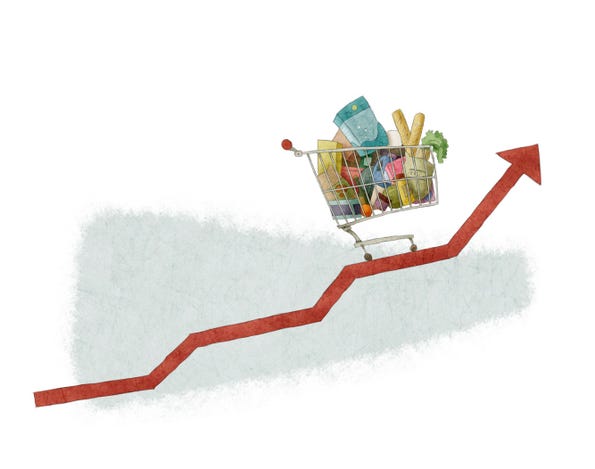3 steps toward sustainable business growth3 steps toward sustainable business growth

 In the midst of growth, leaders may see that they are outgrowing their structure and systems but feel so overwhelmed that they can’t imagine stopping long enough to make changes. Guess what? We will never feel like we have the time to make big changes.
In the midst of growth, leaders may see that they are outgrowing their structure and systems but feel so overwhelmed that they can’t imagine stopping long enough to make changes. Guess what? We will never feel like we have the time to make big changes.
What’s the solution? Shift the workplace culture into one that views itself as a constantly expanding organization instead of one that is just trying to survive a single expansion project. Thinking of yourself as continually growing forces you to build dynamic flexibility in all that your business does.
There's a lot that goes into such a cultural transformation, but here are three critical components to making the transition successful.
1. Help everyone in the organization clearly see the vision.
Organizations make the leap to larger and more complex businesses when we talk regularly and inclusively with the staff about the long-term goals. Select new employees who can innovate and thrive in a dynamic workplace and then ensure meaningful opportunities to connect to the pursuit of the vision at all levels. If all employees can clearly see the strategic direction and goals and are inspired by that vision, structural changes seem natural and necessary to all.
2. Keep the organization's needs in the forefront.
Encourage open discussion and innovative thinking about the future needs of the organization. When every team is focused on finding new ways to serve the organization, they are much more likely to view their responsibilities through a lens that promotes sustainable and healthy growth for the long term. It’s critical that everyone sees their role and responsibilities as continually developing to meet the new needs of the organization; it helps all accept the constant evolution of that person or that team's role.
3. Include scheduled assessment in your business planning processes.
What worked five years ago probably doesn’t work now, nor will what’s working now be just what you need in another five years. Organizations change as they grow. Build assessment into your annual planning processes so that you routinely evaluate how well your structure is serving the needs of the organization. Identify what is strong and where holes may be developing so that you can build transition plans for the coming year.
Transitioning your culture to one of "constant expansion and growth" can be the most important change you can lead. It encourages the best thinking and best ideas to come forward from all levels of the business and builds the internal strength and capacity you'll need to be successful at each step along the way toward your vision.
If you aren't sure you can lead this change, hire someone to help you get started. Investing the time and energy into your workplace culture can be the best investment you make.
About the Author
You May Also Like





